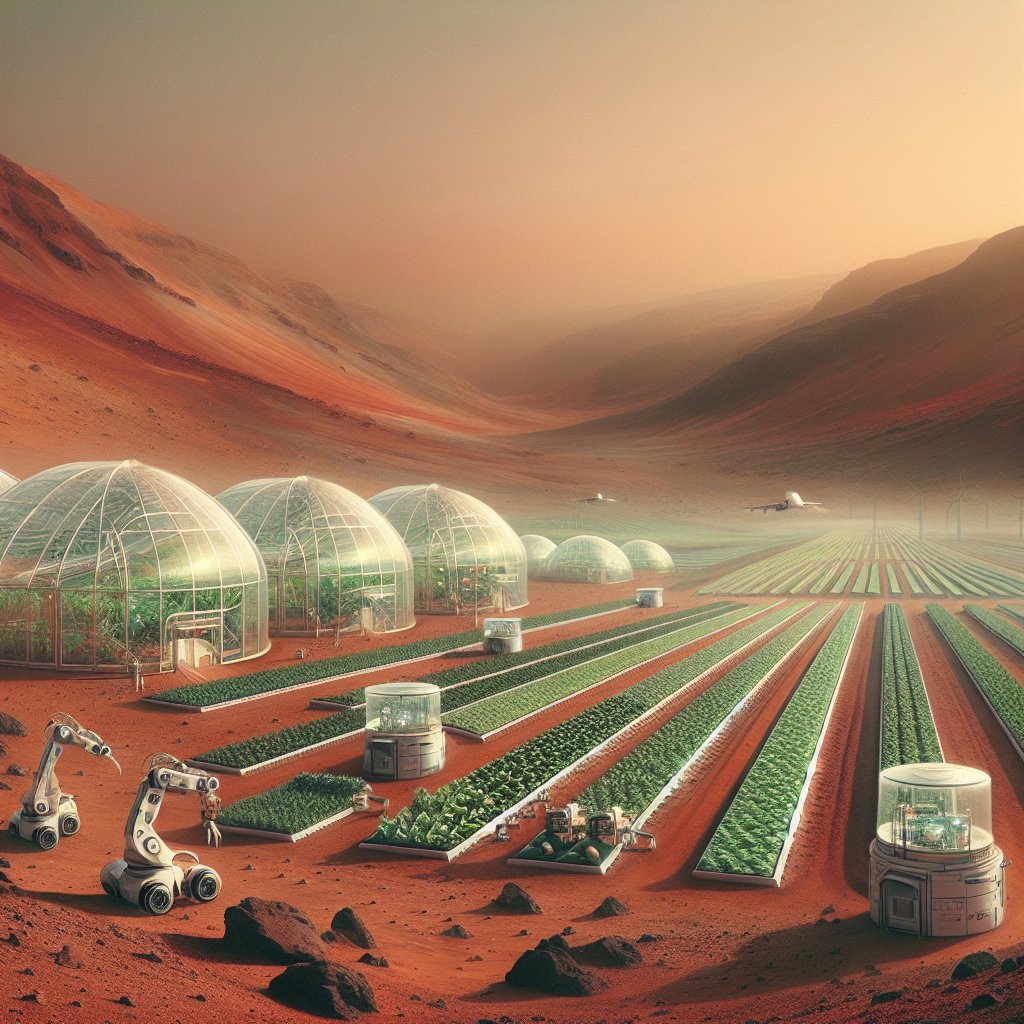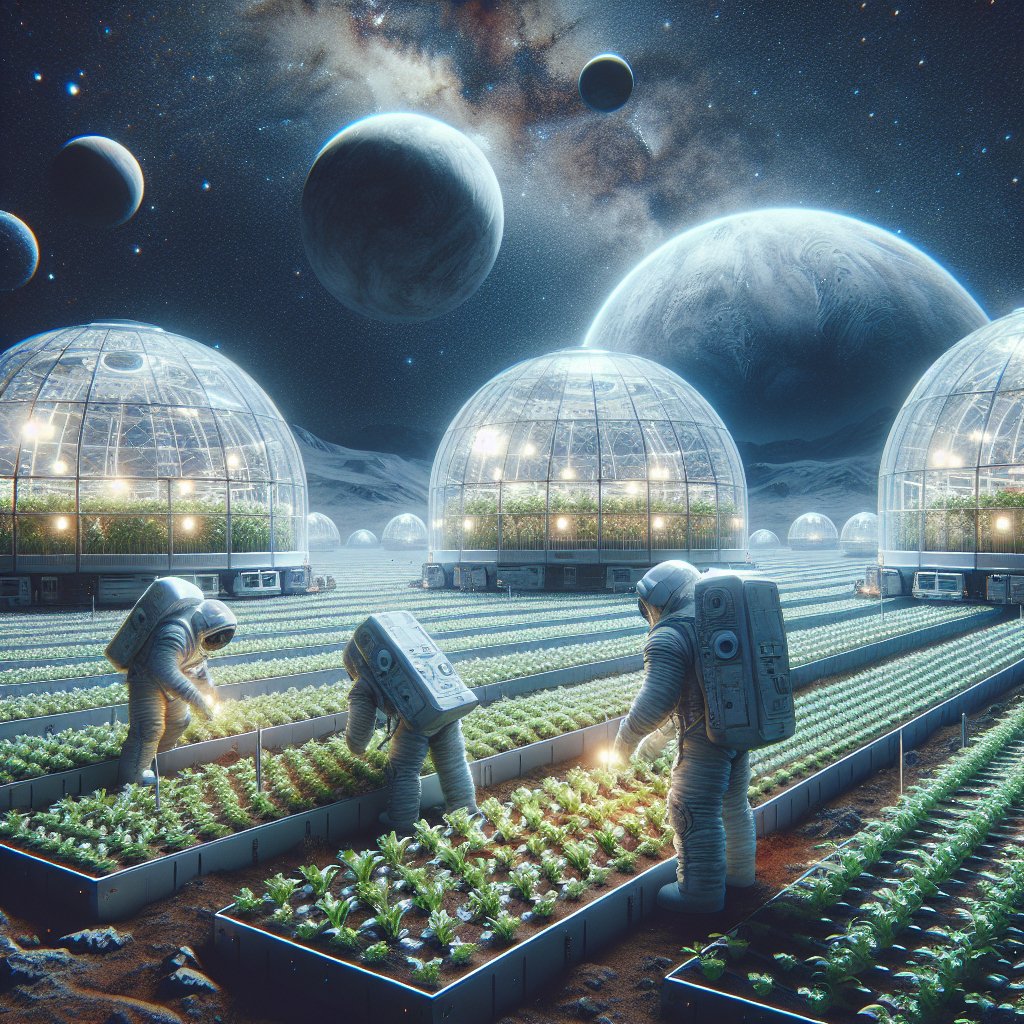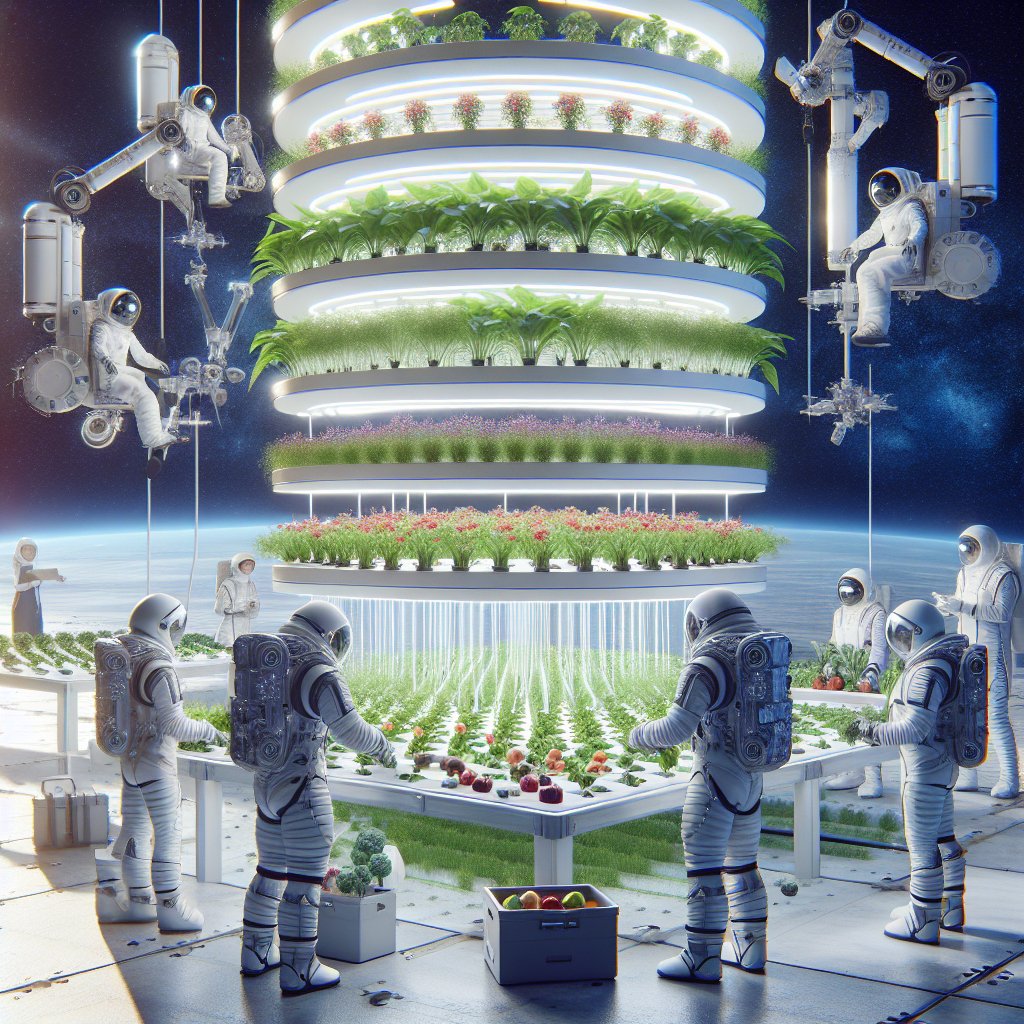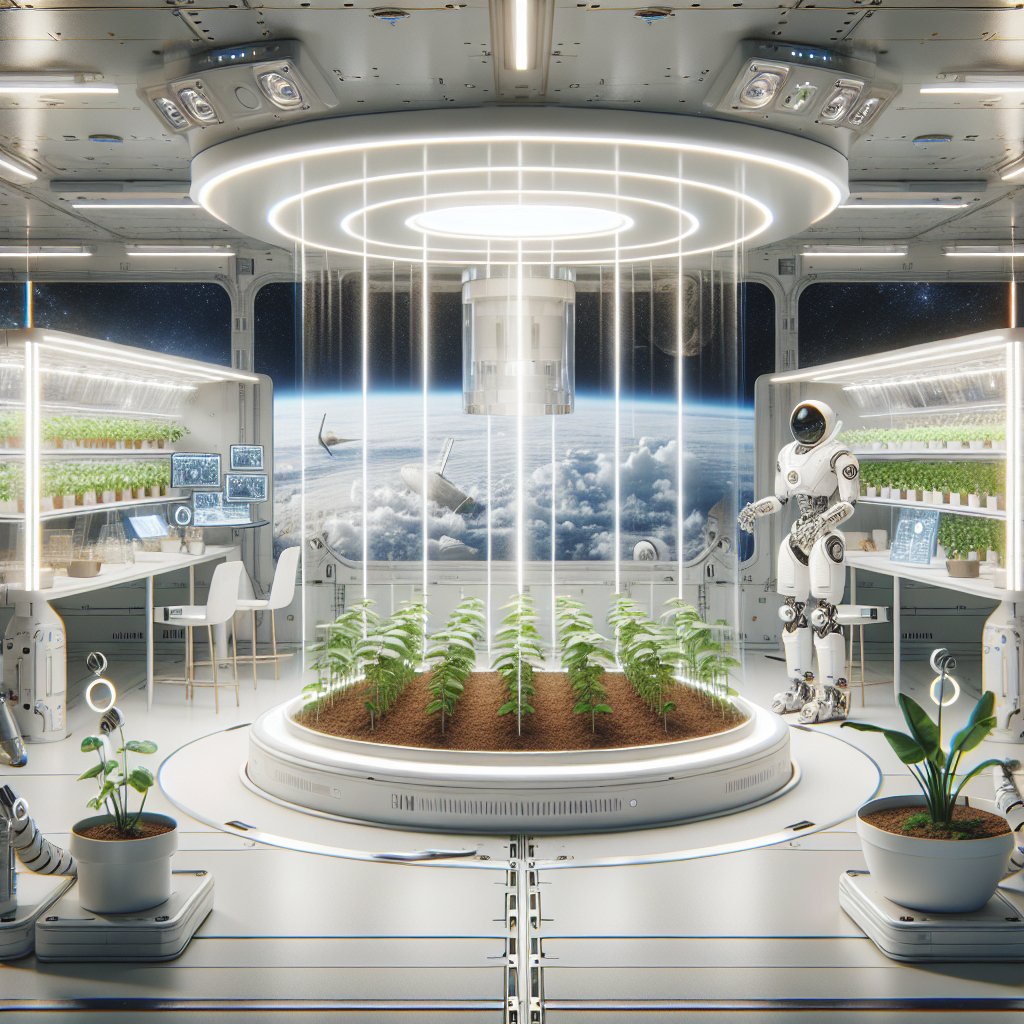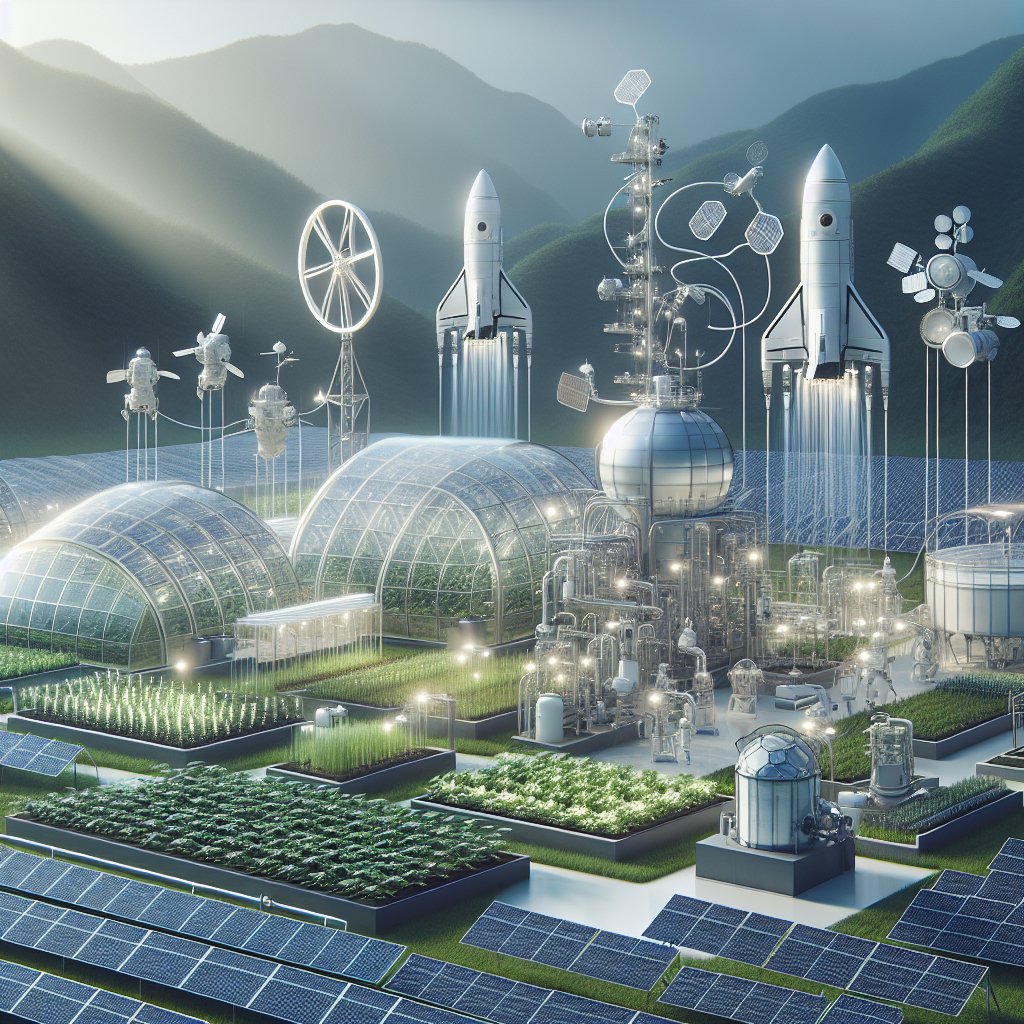The future of farming in desert-like Martian conditions presents a fascinating intersection of agriculture and space exploration. As humanity sets its sights on Mars as a potential new home, the challenge of growing food in an environment vastly different from Earth becomes paramount. This article explores the innovative techniques and technologies that could enable sustainable agriculture on the Red Planet, addressing the unique challenges posed by its harsh climate and soil composition.
Understanding Martian Conditions
Before delving into the methods of farming on Mars, it is essential to understand the planet’s environment. Mars is characterized by its thin atmosphere, which is composed mostly of carbon dioxide, with only trace amounts of oxygen. The average surface temperature hovers around minus 80 degrees Fahrenheit (minus 62 degrees Celsius), and the planet experiences extreme weather conditions, including dust storms that can last for weeks. Additionally, Martian soil, known as regolith, contains toxic perchlorates and lacks the organic matter that is crucial for traditional farming.
Atmospheric Challenges
The thin atmosphere on Mars poses significant challenges for agriculture. With only about 1% of Earth’s atmospheric pressure, plants would struggle to transpire and absorb water. This necessitates the development of closed-loop systems that can maintain adequate pressure and humidity levels for plant growth. Greenhouses or bio-domes could be constructed to create a controlled environment, allowing for the cultivation of crops while shielding them from the harsh external conditions.
Soil Composition and Nutrient Availability
The regolith on Mars is not only inhospitable but also lacks essential nutrients that plants require for growth. To address this, scientists are exploring the possibility of using hydroponics and aeroponics, which allow plants to grow without soil. These methods utilize nutrient-rich water solutions or mist to deliver essential minerals directly to the plant roots. Additionally, research into Martian soil amendments, such as the introduction of Earth-based microorganisms, could help enhance nutrient availability and promote plant health.
Innovative Farming Techniques for Mars
To overcome the challenges posed by Martian conditions, researchers and engineers are developing innovative farming techniques that could revolutionize agriculture on the planet. These methods not only aim to ensure food security for future Martian settlers but also provide insights into sustainable practices that could be applied on Earth.
Hydroponics and Aeroponics
Hydroponics involves growing plants in a nutrient-rich water solution, while aeroponics uses a mist to deliver nutrients directly to the roots. Both methods have been successfully tested in space environments, including the International Space Station (ISS). By eliminating the need for soil, these techniques can significantly reduce the weight and volume of materials needed for farming on Mars. Furthermore, they allow for precise control over nutrient delivery, optimizing plant growth and yield.
Vertical Farming
Vertical farming is another promising approach for Martian agriculture. By stacking layers of crops in a controlled environment, vertical farms can maximize space utilization and minimize resource consumption. This method is particularly advantageous in the limited space available on Mars, where habitats will need to be compact and efficient. Vertical farms can also be integrated with renewable energy sources, such as solar panels, to create a self-sustaining agricultural system.
Genetically Modified Organisms (GMOs)
To further enhance the viability of farming on Mars, researchers are exploring the use of genetically modified organisms (GMOs). By engineering plants to withstand extreme temperatures, low atmospheric pressure, and toxic soil conditions, scientists can develop crops that are better suited for Martian agriculture. For instance, scientists are working on creating drought-resistant varieties of staple crops, which could thrive in the arid Martian environment.
Water Management Strategies
Water is a critical resource for agriculture, and managing it effectively on Mars will be a significant challenge. The planet has polar ice caps and subsurface ice, but extracting and utilizing this water for farming requires innovative solutions.
Water Extraction Techniques
One potential method for water extraction involves using heat to melt the polar ice caps or subsurface ice. This water could then be purified and used for irrigation in hydroponic systems. Additionally, researchers are investigating the possibility of utilizing atmospheric water harvesting technologies, which can extract moisture from the thin Martian atmosphere. These methods could provide a sustainable water source for agricultural activities on Mars.
Recycling Water
Implementing closed-loop water recycling systems will be essential for sustainable farming on Mars. By capturing and reusing water from plant transpiration and waste, these systems can minimize water loss and ensure a continuous supply for irrigation. Such technologies have already been successfully employed in space missions, demonstrating their feasibility for Martian agriculture.
The Role of Technology in Martian Agriculture
Advancements in technology will play a crucial role in the success of farming on Mars. From robotics to artificial intelligence, these innovations can enhance efficiency and productivity in agricultural practices.
Robotic Farming Systems
Robots equipped with advanced sensors and AI can monitor plant health, optimize nutrient delivery, and automate harvesting processes. These systems can operate in the harsh Martian environment, reducing the need for human labor and ensuring consistent crop management. Furthermore, drones can be utilized for aerial monitoring, providing real-time data on crop growth and environmental conditions.
Data-Driven Agriculture
Utilizing big data and machine learning algorithms can significantly improve decision-making in Martian agriculture. By analyzing data on plant growth, nutrient levels, and environmental conditions, scientists can develop predictive models that optimize farming practices. This data-driven approach can lead to increased yields and more efficient resource utilization, essential for sustaining human life on Mars.
Conclusion: A New Frontier for Agriculture
The future of farming in desert-like Martian conditions is not just a dream; it is a necessity for the survival of humanity as we explore the cosmos. By leveraging innovative techniques, advanced technologies, and sustainable practices, we can overcome the challenges posed by the Martian environment. As we stand on the brink of interplanetary colonization, the lessons learned from Martian agriculture may also provide valuable insights for addressing food security and sustainability challenges on Earth. The journey to cultivate life on Mars is a testament to human ingenuity and our relentless pursuit of knowledge, paving the way for a new frontier in agriculture.
